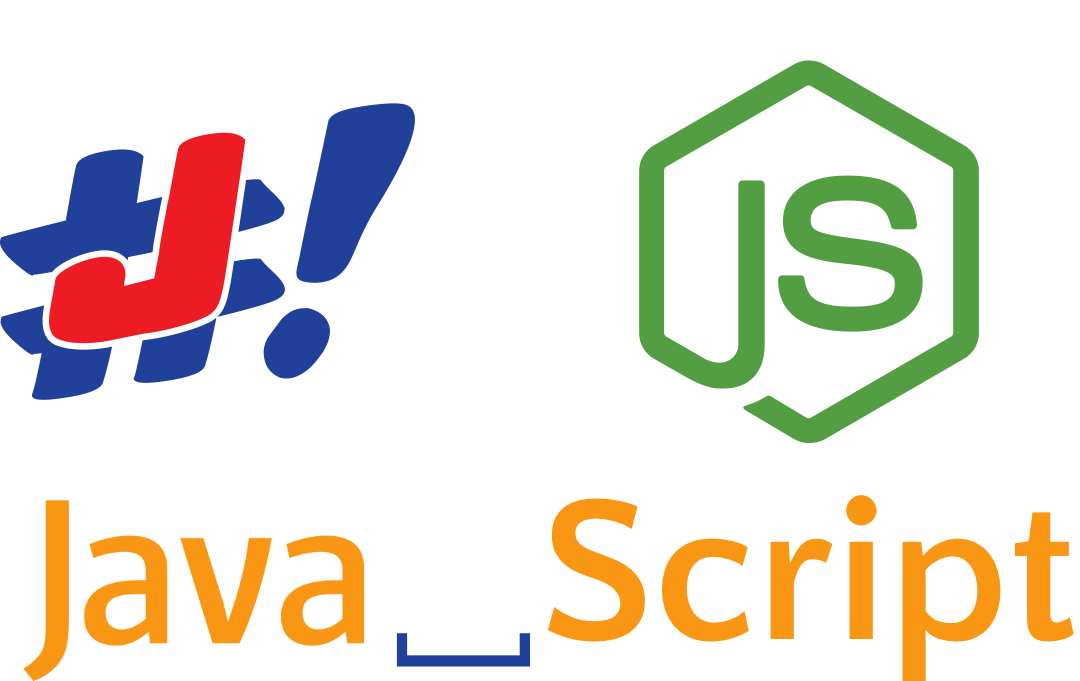JBang Avatar
It is getting very close to the first anniversary of first commit of JBang.
To celebrate I looked around to see what we could do and was reminded about good old Gource.
With Gource you can render the history of a git repository and get a nice animated video, including flying icons for each author. Trouble is that by default they are just faceless heads - lets get some faces to all those names.
I found a perl script that took all committer emails and located their gravatar image; but it was Perl…so lets make that java instead and use JBang.
The full example is available here, below I’ll walk through the various interesting parts.
If you want to just directly run it do this:
To begin with you just get started with jbang init -t cli grab-avatar.
This will create a file named grabavatar.java with some pre-seeded code that does a Hello World! style app using picocli plus it will mark the file as executable.
Setup dependencies and main class
Then in top we are going to add a few dependencies:
///usr/bin/env jbang "$0" "$@" ; exit $?
//DEPS info.picocli:picocli:4.5.0
//DEPS org.zeroturnaround:zt-exec:1.12
//DEPS commons-codec:commons-codec:1.15
//DEPS org.slf4j:slf4j-nop:1.7.30 The first line is the magic "shebang" line that bash and other shells will interpret but for java it is just a comment. This is what allows you to run the script directly using ./grab-avatar
The dependencies used are as follows:
-
Picocli for annotation based command line parsing and help generation.
-
zt-execis a nice library to execute processes in a nice fluent way. -
commons-codedjust because default Java don’t have a one-liner for MD5 hash generation. -
No Operation slf4j to avoid the default noise slf4j generates.
When you run ./grabavatars.java or jbang grabavatars.java these starting lines with //DEPS in them will be parsed and JBang fetches the dependencies to use during compilation and execution of your script.
The next is the class declaration which is mainly just annotations to define the main picocli command.
@Command(name = "GrabAvatars", mixinStandardHelpOptions = true, version = "GrabAvatars 0.1",
description = "GrabAvatars made with jbang")
class grabavatars implements Callable<Integer> {Iteration over execution
Then the meat of the code is to run git log --pretty=format:%ae|%an" which will return a line for every commit with email and author, like:
max@xam.dk|Max Rydahl AndersenTo do this I use zt-exec which has this great "one-liner" to run the process and for every line output let me process it.
new ProcessExecutor().command("git", "log", "--pretty=format:%ae|%an")
.redirectOutput(new LogOutputStream() {
@Override
protected void processLine(String line) {
String[] data = line.split("\\|");
String email = data[0].toLowerCase();
String author = data[1];MD5 and Download
And finally for every identified email and author - generates MD5 and download the url.
URL grav_url = new URL("http://www.gravatar.com/avatar/"
+ DigestUtils.md5Hex(email)
+ "?d=404&size=" + size);
try(InputStream in = grav_url.openStream()) {
Files.copy(in, authorImageFile.toPath(), StandardCopyOption.REPLACE_EXISTING);
}All together now
Now to run this when I have it locally is just: ./grab-avatars in root of a git repository.
But you can also run this directly from a url using:
And then then you can go full out and render with gource - notice the --user-image-dir .git/avatar:
gource --title JBang --stop-at-end --user-image-dir .git/avatar --seconds-per-day 0.05 --auto-skip-seconds 1 -1280x720 --hide filenames -o - | ffmpeg -y -r 60 -f image2pipe -vcodec ppm -i - -vcodec libx264 -preset ultrafast -pix_fmt yuv420p -crf 1 -threads 0 -bf 0 gource.mp4Then you get a video which with a little bit of magic of video editing that looks something like this:
And that is about it - showed how to get started with jbang to port an existing perl script to java using a few dependencies.
See you next time!



Leave a comment